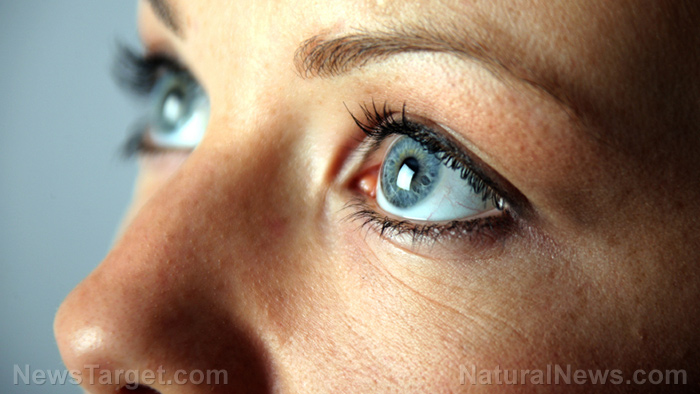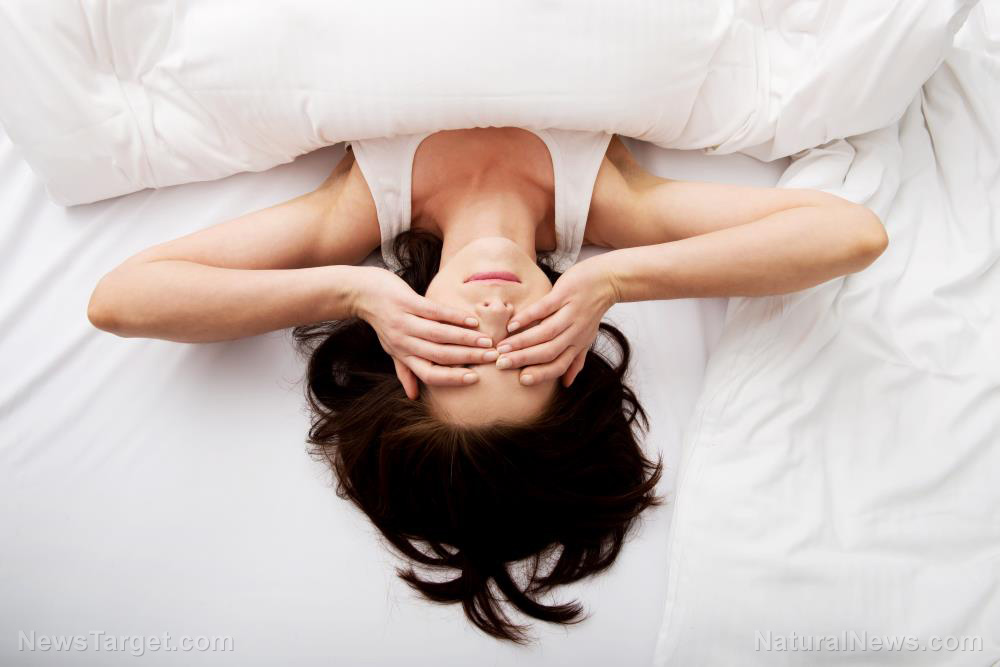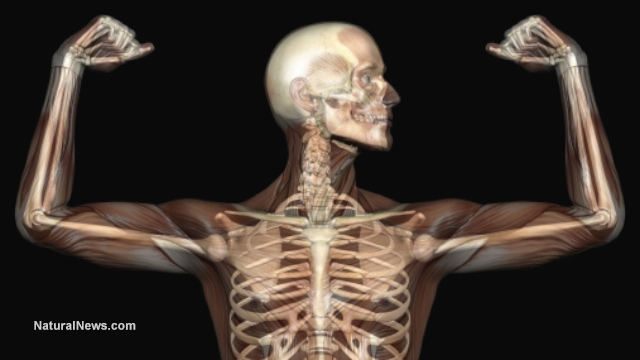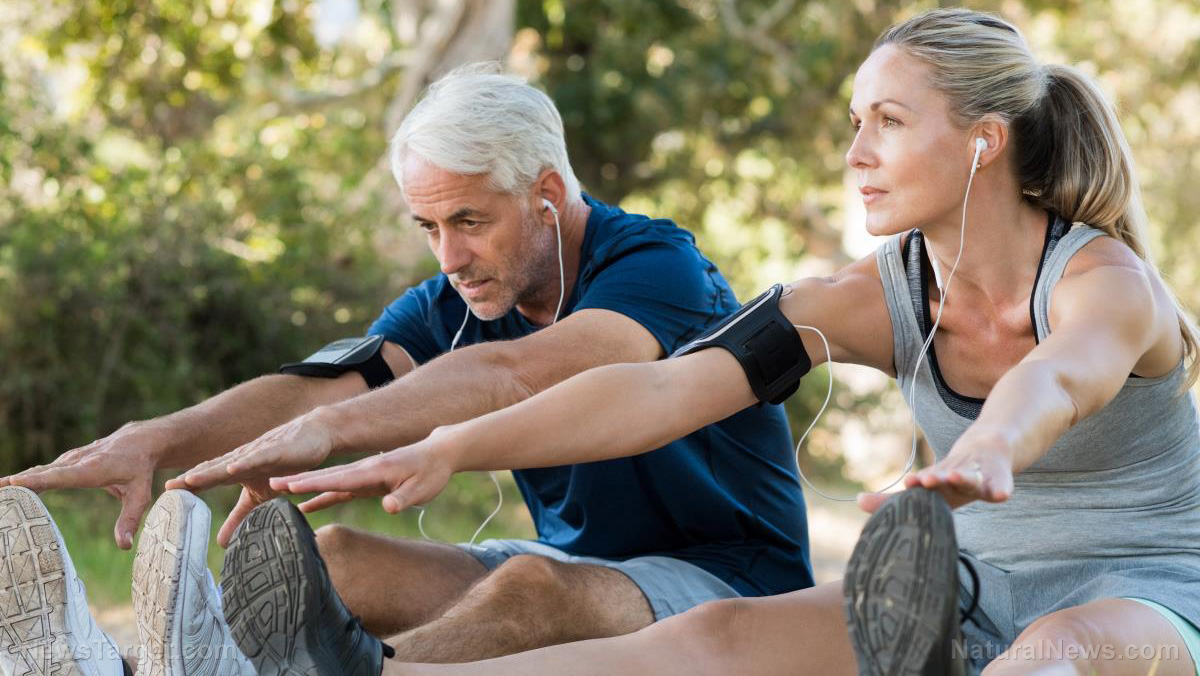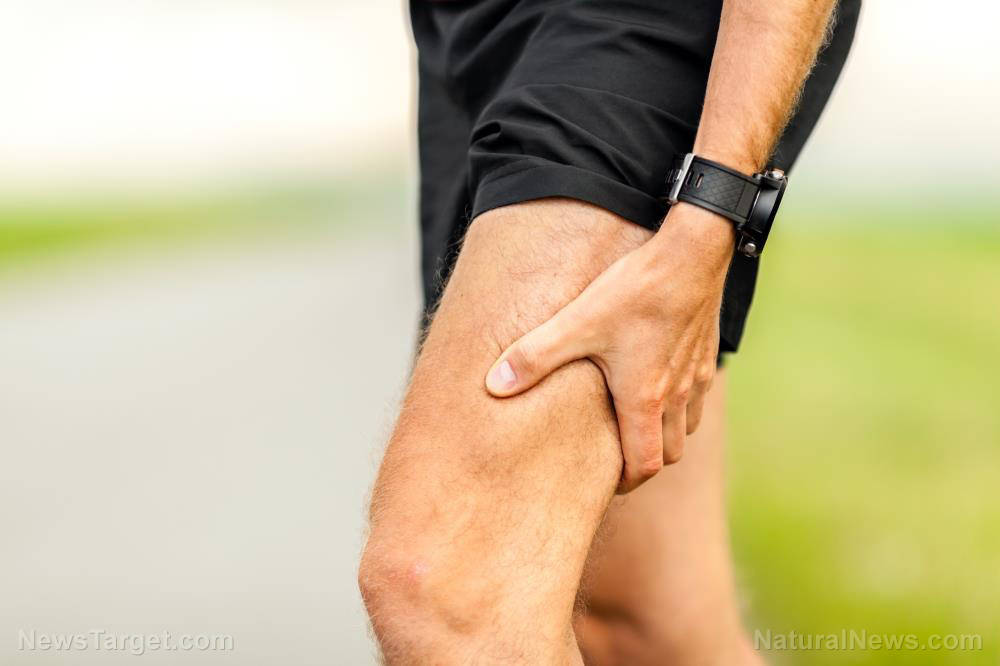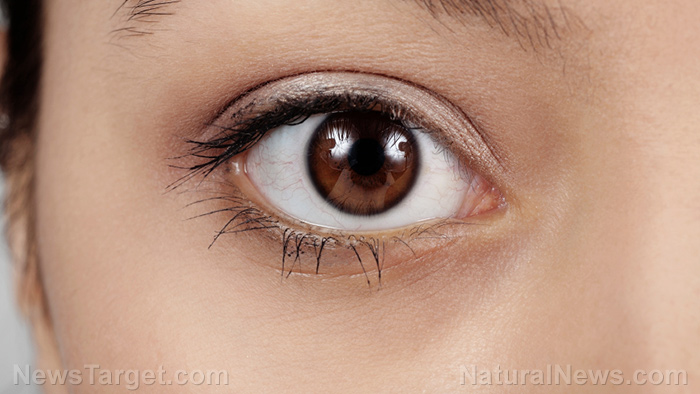Here’s another reason to cycle: Women bicycle riders have better sexual function
04/17/2018 / By Zoey Sky
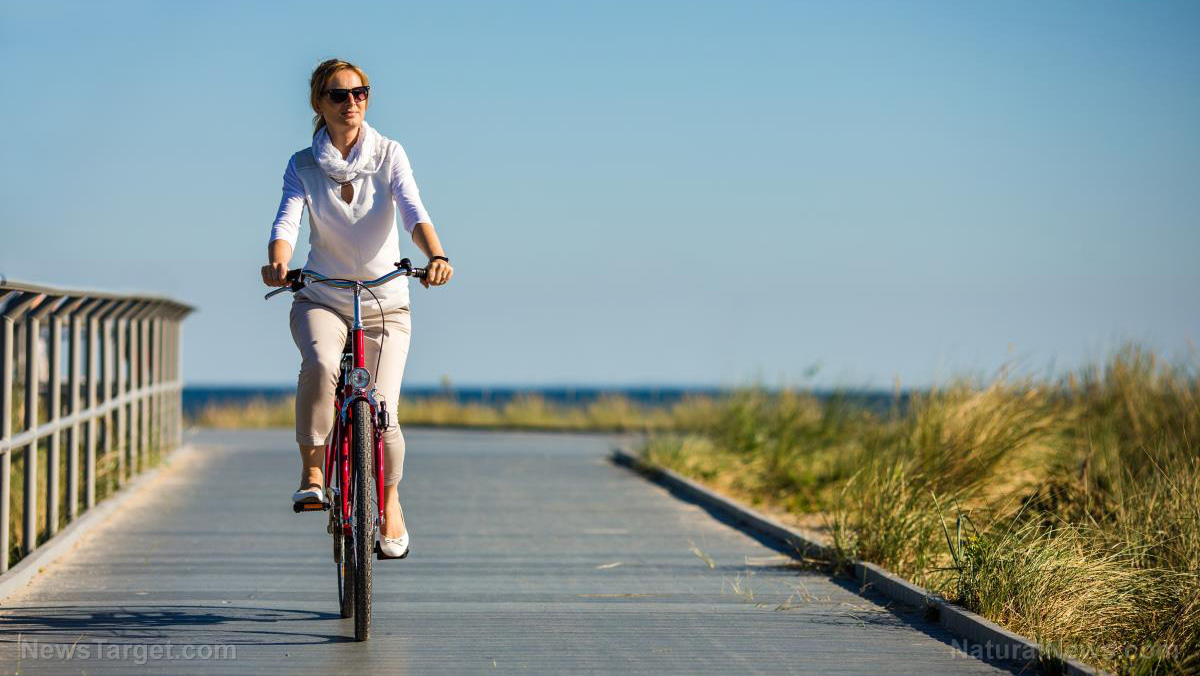
Aside from helping you stay fit and healthy, did you know that riding a bicycle can help improve the sexual function of women?
According to a study, while female bike riders have a higher chance of experiencing genital numbness, saddle sores, and urinary tract infections, they are less likely to have severe sexual and urinary symptoms compared to non-cyclists.
The study, which was led by experts from the University of California, San Francisco (UCSF), also determined that “high-intensity female cyclists had better sexual function.”
The researchers studied data from female athletes in five countries and they tried to determine if cycling can negatively impact urinary and sexual function among female cyclists.
Previous small studies have isolated a link between cycling and sexual dysfunction that caused the widespread belief that cycling could negatively affect sexual or urinary function.
But this study didn’t determine that female cyclists had worse sexual or urinary function than non-cyclists. However, the authors acknowledged that the problematic genital symptoms could eventually cause issues connected to sexual dysfunction down the road. (Related: Why You Should Be Biking To Work Everyday.)
Thomas W. Gaither, a UCSF medical student and the study’s first author, said that “lifetime miles ridden was associated with better sexual function, as measured by a common, validated questionnaire.” He added that the study also found that lifetime miles ridden were directly linked to saddle sores and urinary tract infections.
Gaither noted that the findings imply that infections and saddle sores can inhibit sexual activity. He added that by determining how to prevent saddle sores and infections, cycling can even improve the sexual health of women.
Based on recent surveys, in the U.S. at least half of cyclists are made up of women, indicating an eight percent increase from 2011.
However, although cycling offers various benefits such as improved heart function and lower obesity rates, there are reports that associate cycling with urinary or sexual dysfunction.
In this study, participants were recruited from major cycling, running, and swimming organizations in Australia, Canada, New Zealand, the U.K., and the U.S. Runners and swimmers were recruited as a comparison group.
The survey participants were divided into two groups. First was the low-intensity riders with the high-intensity riders in the second group. High-intensity riders included women who had cycled for over two years and rode their bikes more than three times with an average of more than 25 miles each time.
In total, 3,118 women accomplished the survey. At least 34 percent of the participants were non-cyclists, 53 percent were low-intensity cyclists, and 13 percent were high-intensity cyclists.
Most of the participants were white, younger than age 40, single, and normal weight. Participants accomplished both the Female Sexual Function Index and the American Urological Symptom Index questionnaires.
The cyclists answered questions about various factors such as: Bicycle type (hybrid, mountain, recumbent, or road); saddle type (long, unpadded, or wide); frequency of wearing padded shorts; amount of time standing while cycling; saddle angle; handlebar height; and type of riding surface (off road, rural, or urban). The researchers adjusted for several factors such as age, body mass index, diabetes, hypertension, race and tobacco use.
The results of the study also proved a connection between cycling, genital numbness, and saddle sores. However, it didn’t reveal a link between cycling intensity or duration and sexual or urinary dysfunction.
The study’s results also implied that high-intensity bike riders had improved sexual function which was measured by significantly higher scores on the Female Sexual Function Index and a lower chance of reporting sexual dysfunction than non-cyclists.
The researchers added that further study can help confirm if there is a possible link between cycling and urinary tract infections.
Safety tips for cyclists
If you’re interested in cycling, keep these tips in mind so you can stay safe when you’re on the road:
- Always wear a helmet – Never ride your bike without a sturdy helmet.
- Be alert – Pay attention to your surroundings when you’re cycling. Watch out for other cyclists, passersby, and vehicles when you’re on the road to avoid accidents.
- Get a sturdy lock – Always lock your bike before you leave it.
- Observe road rules – Stay in the proper lanes when cycling and avoid parked vehicles. You never know when a driver or passenger may suddenly open their doors.
- Wear high-visibility gear – Make sure you’re wearing clothing that is brightly colored so drivers can easily spot you and keep their distance. If you have a backpack, you can buy a reflective backpack cover so you’re visible from behind. With a bell on your bike, you can let pedestrians and other cyclists know that you’re approaching. Invest in a good set of bike lights so you can safely ride even when it gets dark outside.
You can read more articles about the health benefits of cycling at WomensHealth.news.
Sources include:
Tagged Under: cycling, exercise, female cyclist, fitness, gynecological problems, health news, high-intensity cycling, low-intensity cycling, sexual dysfunction, sexual function, urinary dysfunction, Urinary Tract Infection, UTI, Women's Fitness, women's health







